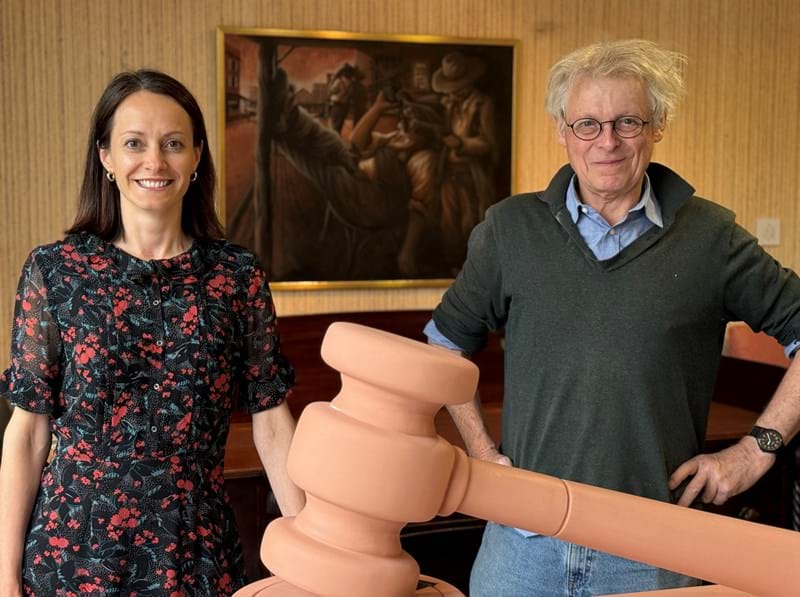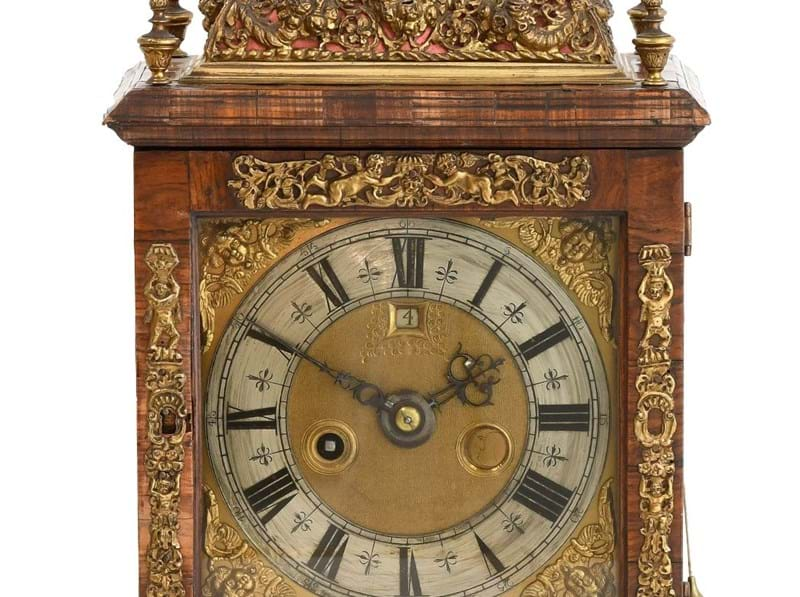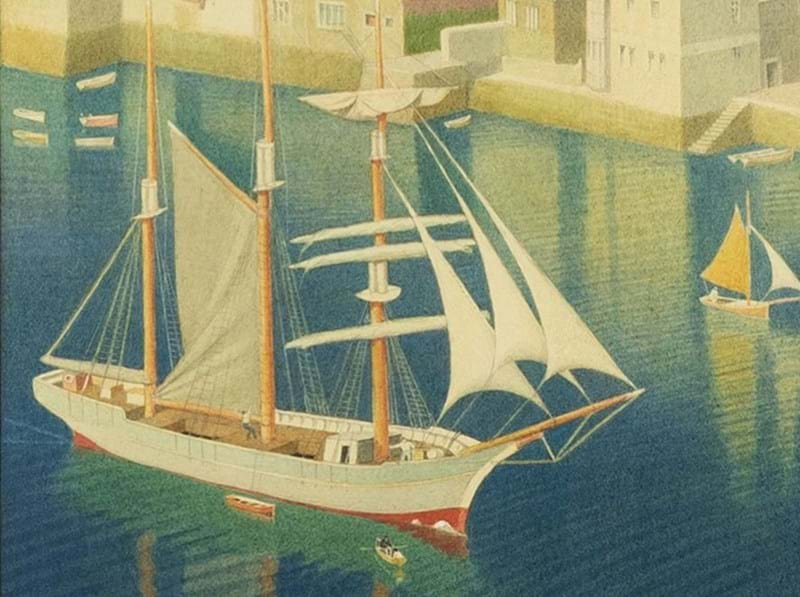Old books have a magic all their own, and Tennants Auctioneers’ Book Sale on 19th December certainly has some intriguing volumes.
One of the rarer books in the sale is an early 17th century volume by a writer of what we now call ‘popular science’. The Discovery of a World in the Moone. Or, A Discourse Tending to Prove that 'tis probable there may be another Habitable World in that Planet was written by John Wilkins but published anonymously. Wilkins was a clergyman, polymath and brother-in-law of Cromwell; although a founder of the Royal Society, his early scientific works were in a popular vein with flights of fancy and suggestion. This volume is no exception, arguing the likelihood of dwellers on the moon, proposing that "the strangeness of this opinion is no sufficient reason why it should be rejected, because other certaine truths have beene formerly esteemed ridiculous, and great absurdities entertayned by common consent." The first edition is offered with an estimate of £2,000-3,000 plus buyer’s premium).
A mid-18th century Bible, printed by John Baskerville in 1763, was one of the most well-regarded bibles of its time. Baskerville was the printer to the Cambridge University, a businessman and a type-designer; indeed, the Cambridge History of the Bible described it at the time as being ‘Aesthetically, the highest point in English Bible printing so far…’, although they were not exactly impartial! The Bible is printed with his own proprietary typefaces, which were very sharp in comparison with others of the time. The Bible comes with provenance from the family of Digby Wrangham, who married in Otley in 1828, and is being offered with an estimate of £1,500-2,500 (plus b.p.).
Moving in to the 19th century, is copy of Humphry Repton’s Designs for the Pavilion at Brighton. The volume contains his plans and designs for a redevelopment of the pavilion as a Mughal pleasure palace. Repton's genius was in marketing. He produced 'little red-books' to show landowners, and thus prospective customers, views of proposed projects. He would illustrate the current view on a flap, which could be lifted to reveal the proposed design – an easy way to show a client before and after comparisons of their houses. Repton was commissioned by the future George IV by the Prince ran out of money. It was partially realised by John Nash in 1814. The volume is being sold with an estimate of £1,500-2,000 plus b.p.
Finally, a sketchbook of watercolours and drawings by William Page, depicting costumes and landscapes of Constantinople, Italy and Greece executed from the 1810s to the 1830s. Page attended the Royal Academy Schools in 1812 and 1813, and is known for his landscapes and architectural watercolours, but he was also interested in national costume, as shown in the present lot. The sketches and watercolours cross Europe and the Ottoman Empire, with examples in Italy, Greece and Turkey, which he likely visited c.1818-20. The volume is offered with an estimate of £1,500-2,500 plus b.p.
View Catalogue











